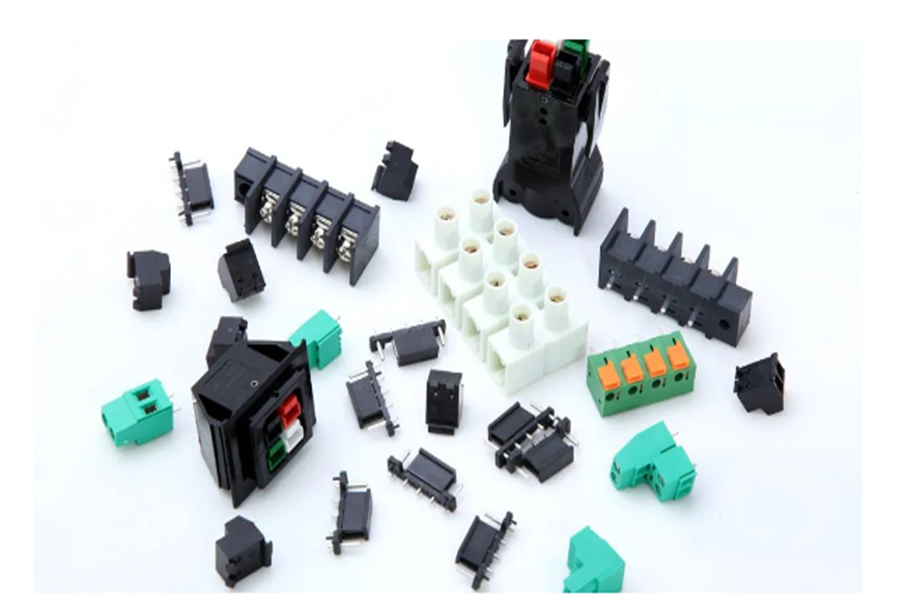
“Which hearing aid is best for me?”here,you can learn what to consider when choosing a hearing aid.
As someone with possible hearing loss or having a history of wearing hearing aids, you may have mulled over the decision to buy new or buy again more than once. But, we humans tend to be fickle and possibly presumptuous about placing a plastic device inside our ears for an extended time. We may worry about how the hearing aid will look once fitted or if it will really help with our hearing loss. But understanding our anxiety can help when we go to research what to look for when purchasing a hearing aid — and this may relieve some of our concerns.
For the most part, hearing aids come with fundamental parts that transfer sound from the environment around you into your ear. The contention may come when we start to decide or research the number of different hearing aid styles available to us, which can vary in size, shape, and the way that they are fitted onto or into your ear. Some hearing aids are small enough to go inside the ear canal, which allows them to be barely visible — or what popular terminology refers to as invisible hearing aids. Other hearing aids only partially go inside the ear canal; thus, these are more noticeable to the eye. On average, the smaller the hearing aid, the less power it may output given its engineering for a smaller form over total power output. A smaller hearing aid might also have shorter battery life and because of its precedence on being small, it may cost us more.
Here are typical hearing aid styles you might find almost anywhere:
1.Completely in the Canal Hearing Aids (CIC)
Completely-in-the-canal hearing aids are molded to be fit inside the ear canal and generally improve mild to moderate hearing loss in adults.
2.In the Canal Hearing Aids (ITC)
In-the-canal hearing aids generally are custom molded and are fitted partially in the ear canal, but may not go as deep as the completely-in-canal hearing aid. This hearing aid is also sufficient for mild to moderate hearing loss in adults.
3.Half-Shell Hearing Aids
Half-shell hearing aids are usually smaller versions of the in-the-canal hearing aid. They are custom molded and generally fit into the lower portion of the bowl-shaped area of your outer ear. These are appropriate for mild to moderately severe hearing loss.
4.In the Ear or Full-Shell Hearing Aids (ITE)
In-the-ear or full-shell hearing aids are also custom made and fill up most of the bowl-shaped area of your outer ear. This style is appropriate for mild to severe hearing loss.
In-the-ear or full-shell hearing aids offer the following characteristics:
· Noticeable to others because of its larger size and fit.
· May occasionally pick up more wind noise because of the aforementioned size.
· Easy to adjust and has easy-to-use features such as volume control.
· Easier to use and insert into the ear.
· Employs larger batteries, which can last longer and are easier to store and handle.
5.Behind-the-Ear Hearing Aids (BTE)
Behind-the-ear hearing aids are able to “hook” over the top part of your ear and rest behind the ear. This hearing aid picks up sound, amplifies it, and transfers that sound to an ear mold that goes inside your ear canal. This hearing aid type is appropriate for almost any type of hearing loss — and it is consider for most ages as well.
Behind-the-ear hearing aids offer the following benefits:
· The largest size and most visible to the eye; however, newer versions try to streamline the bigger size.
· Amplification capabilities that are stellar and provide high output volume.
6.Open Fit Hearing Aid
Open fit hearing aids are primarily very small behind-the-ear style hearing devices. Larger behind-the-ear hearing devices can also be augmented to a more open-fit style. Sound is transmitted through a small tube or wire to a dome or speaker in the ear canal. These hearing aids leave the ear canal open, so they are better and more suited for mild to moderate high-frequency hearing losses whereas low-frequency hearing is still normal or near normal.
Link:How to find the best suitable hearing aids?
REF: Hearing aids China, Hearing Aids Supplier , Hearing LossThe article comes from the Internet. If there is any infringement, please contact service@jhhearingaids.com to delete it.






